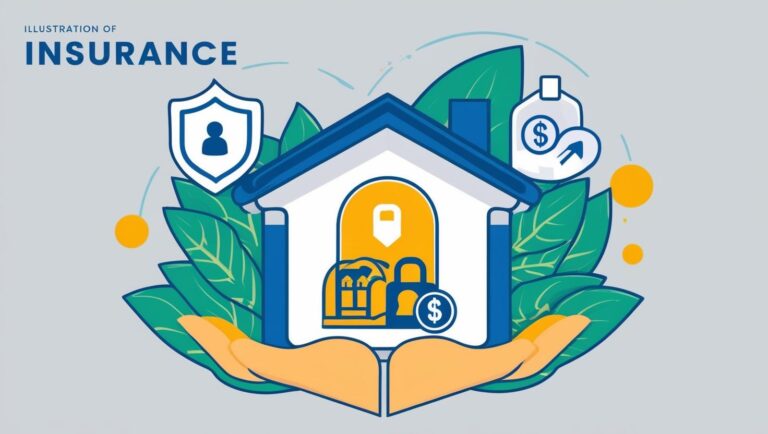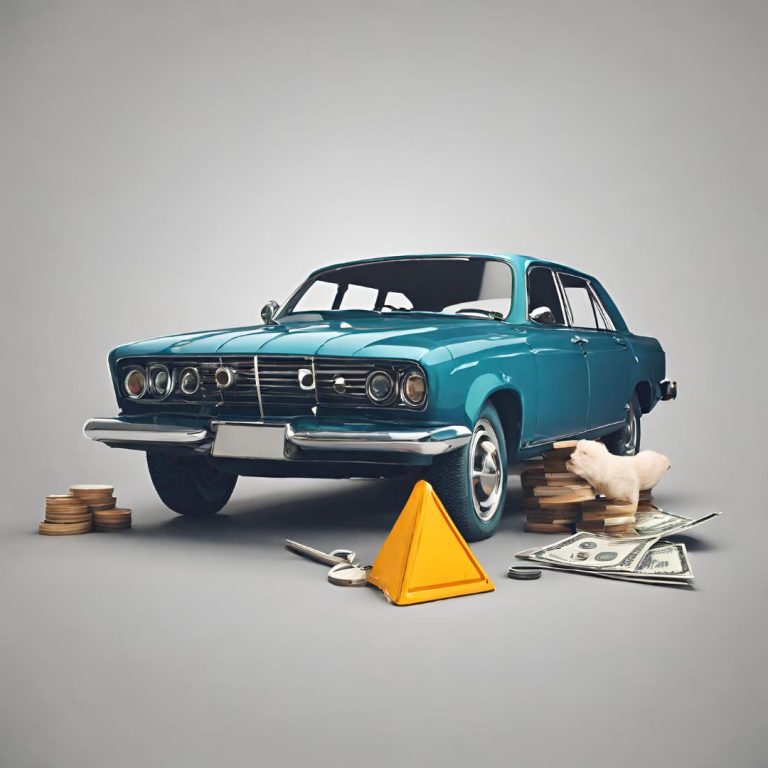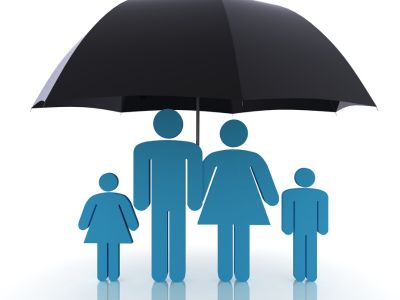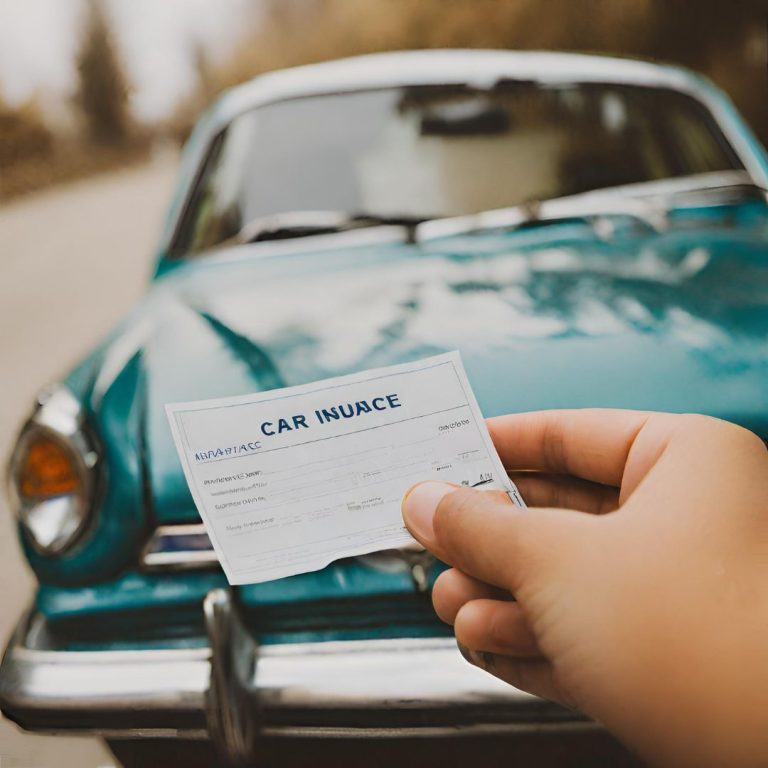What to Do After a Car Accident: A Comprehensive Guide for Filing Insurance Claims
Getting into a car accident can be one of the most unnerving experiences you might face while driving. The shock of the collision, the rush of adrenaline, and the uncertainty of what comes next can leave you feeling scared and overwhelmed.
However, it’s crucial to remember that knowing what steps to take in the aftermath of an accident can make a significant difference in how smoothly things proceed.
In this comprehensive guide, we’ll walk you through each step you need to take after a car accident to ensure your safety, protect your rights, and navigate the process of filing an insurance claim with confidence and ease. Let’s dive in and empower you with the knowledge you need to handle this situation like a pro!
Related:
- Best Insurance Companies in Africa: Ones You Can Trust
- Life Insurance 101: Everything You Need to Know to Make Informed Decisions
Guide for Filing Insurance Claims
Step 1: Check for Injuries
The very first thing you need to do after a car accident is to make sure that everyone involved is okay. This includes checking yourself, your passengers, and even people in the other car if there is one. Your health and safety are the most important things, so if anyone is hurt, it’s really important to call for help right away. Don’t worry about anything else at this point—just focus on making sure that everyone is safe and getting the help they need.
Step 2: Move to a Safe Location
If you’re able to and it’s safe to do so, try to move your car out of the way of traffic. You don’t want to cause another accident by blocking the road, so if your car can still be driven and it’s safe to move it, try to get it to the side of the road or into a parking lot. Turn on your hazard lights to let other drivers know that there’s something wrong, and try to stay calm. Once you’re in a safe place, you can start to figure out what to do next.
Step 3: Call the Police
Even if the accident doesn’t seem too bad, it’s really important to call the police to come to the scene. They’ll make a report about what happened, and this report is super important for when you need to talk to your insurance company later. Even if everyone is okay and there’s not a lot of damage, having a police report can help sort things out if there are any disagreements later on. So don’t skip this step—make sure to call the police and wait for them to arrive before you do anything else.
Step 4: Exchange Information
While you’re waiting for the police to arrive, it’s a good idea to exchange information with the other driver(s) involved in the accident. This means getting their name, phone number, address, and driver’s license number. You’ll also want to get their license plate number and insurance information, including the name of their insurance company and their policy number.
Make sure to write all of this down somewhere safe so you don’t forget it later. And don’t forget to give them your information too! This way, you’ll have everything you need to get in touch with each other and with your insurance companies later on.
Step 5: Document the Scene
Now that you’ve exchanged information with the other driver(s) and you’re waiting for the police to arrive, it’s a good idea to take some photos of the accident scene. Use your phone or camera to take pictures from different angles, making sure to capture the vehicles involved, any damage that occurred, and the overall layout of the scene.
Take close-up shots of any visible damage to the cars, as well as wider shots that show the road conditions, traffic signs, and the surrounding area. These photos will serve as important evidence when you file your insurance claim and help prove who was at fault for the accident.
Step 6: Notify Your Insurance Company
As soon as you’re able to, it’s important to contact your insurance company to report the accident. You’ll need to provide them with all the details of what happened, including when and where the accident occurred, the extent of the damage to your vehicle, and any injuries that you or your passengers sustained.
Be honest and thorough when giving your account of the accident, and try to provide as much information as possible. This will help your insurance company process your claim more quickly and accurately, so you can get the help you need to repair your car and move forward after the accident.
Step 7: Seek Medical Attention
Even if you feel okay right after the accident, it’s really important to see a doctor as soon as you can. Sometimes, injuries from car accidents don’t show up right away, like whiplash or internal injuries. By getting checked out by a healthcare professional, you can make sure that you’re okay and catch any problems early on. This is super important for your health and wellbeing, so don’t skip this step!
Step 8: Follow Up with Your Insurance Company
After you’ve reported the accident to your insurance company, it’s a good idea to stay in touch with them to make sure everything is going smoothly. They might need more information from you, like photos of the damage to your car or estimates for repairs. By staying in regular contact with your insurance company, you can make sure that your claim is being processed as quickly and smoothly as possible.
Step 9: Keep Records
Keep track of everything related to the accident, like medical bills, repair estimates, and receipts for any expenses you’ve had to pay for because of the accident. This will help you keep track of how much everything is costing you and make sure that you get reimbursed for everything you’re entitled to. Keeping good records can also help you if there are any disputes with your insurance company later on.
Step 10: Know Your Rights
It’s really important to know what your rights are when you’re filing an insurance claim after a car accident. Make sure you understand your insurance policy and what it covers, so you know what you’re entitled to. If you have any questions or concerns, don’t hesitate to reach out to a legal professional for advice. Knowing your rights can help protect you and make sure that you’re treated fairly throughout the claims process.
Frequently Asked Questions (FAQ)
What should I do immediately after a car accident?
After a car accident, the first priority is to check for injuries. If anyone is hurt, call emergency services right away. Move your vehicle to a safe location if possible, and call the police to the scene to create an official report.
Do I need to call the police if the accident is minor?
Yes, it’s important to call the police to the scene, even for minor accidents. They will document the accident and create a report, which can be crucial for filing insurance claims and resolving disputes later on.
What information should I exchange with the other driver(s) after an accident?
Exchange contact information, including names, phone numbers, and addresses. Also, exchange insurance information, including the name of the insurance company and policy number, as well as driver’s license and license plate numbers.
Why is it important to document the accident scene?
Documenting the accident scene with photos can provide important evidence for insurance claims and liability disputes. Take pictures of the vehicles involved, any damage, road conditions, traffic signs, and the surrounding area.
When should I notify my insurance company about the accident?
You should notify your insurance company as soon as possible after the accident. Be prepared to provide them with details about when and where the accident occurred, the extent of the damage, and any injuries sustained.






